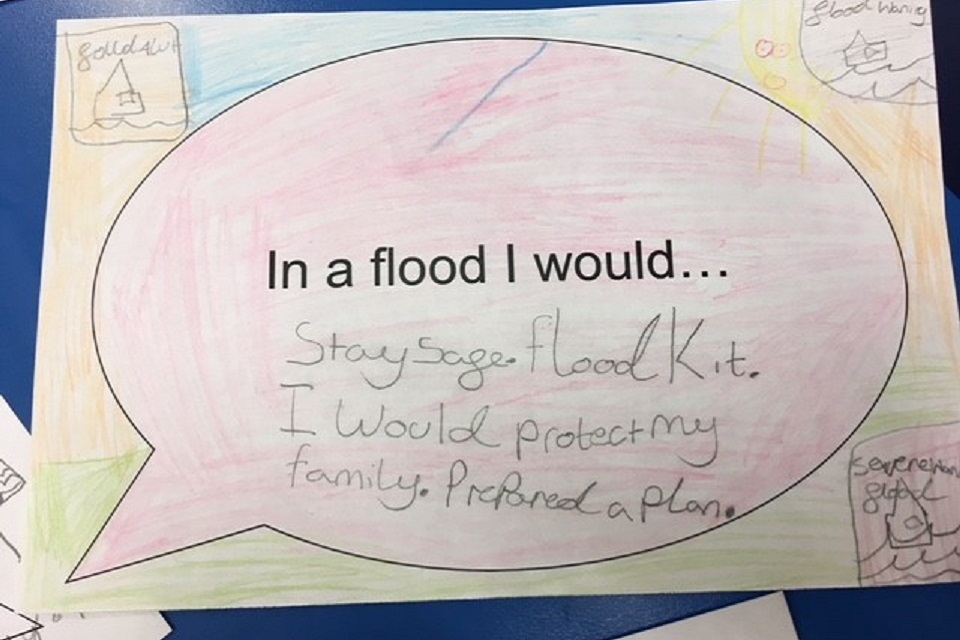Anglers are being urged to obey the law after a Lincolnshire man was ordered to pay more than £600 for fishing illegally.
Shaun Hammond, 28, of Mariners Arms Flats, Keadby, was caught fishing without a licence at Hibaldstow Bridge on the River Ancholme in October last year.
He was discovered by an Environment Agency enforcement officer carrying out a routine patrol to enforce the law and protect the environment for people and wildlife.
Hammond committed an additional offence by refusing to give his name and address to the officer.
Enforcement officers are considered in law to be the same as police constables. Obstructing one effectively doubled the amount Mr Hammond was fined.
Hammond was proved guilty in absence at Grimsby Magistrates’ Court on 9 February. He was fined £440 – £220 for each offence – and ordered to pay costs of £127, as well as a victim surcharge of £44, bringing the total penalty to £611.
Caroline Tero, fisheries team leader at the Environment Agency, said:
Not only was Mr Hammond fishing illegally, he also obstructed a law enforcement officer who was doing his duty to protect the environment for people and wildlife. We and the courts take this very seriously and will always look to protect the wellbeing of our officers.
It makes no sense to have the embarrassment of a court visit, a criminal conviction and a bill for potentially thousands of pounds when an annual licence is currently just £30. We hope this will make people think twice before picking up a rod illegally and if they don’t, our officers are ready and waiting.
Steve Powell, Enforcement Once team manager for the Environment Agency, said:
The case acts as a reminder of the importance of having a fishing licence – and shows how seriously the courts take these offences. We hope the outcome will deter any angler who is thinking of fishing without a licence.
The yearly fishing licence Mr Hammond required would have cost just £30. Other types of licence are available, including one-day for £6, eight-day for £12, and a free one for those aged 12 to 16.
The money from licence sales supports fish, fisheries and fishing, and protects the future of angling. A small number of people refuse to buy one, cheating the sport and their fellow anglers.
For the minority who flout the rules, the most common offence is fishing without a valid licence, which could land them with a fine of up to £2,500 and a criminal record.
Last year in England, the Environment Agency checked more than 63,000 fishing licences and prosecuted 2,330 for rod and line offences, resulting in fines in excess of £335,000.
Any angler aged 12 or over, fishing on a river, canal or still water needs a licence. They are available online via gov.uk or by calling the Environment Agency on 0344 800 5386.
Anyone with information about suspected illegal fishing activities can contact the Environment Agency Incident Hotline on 0800 80 70 60 or Crimestoppers on 0800 555 111.
Link: Press release: Illegal angler hooks £600 penalty
Source: Environment Agency



